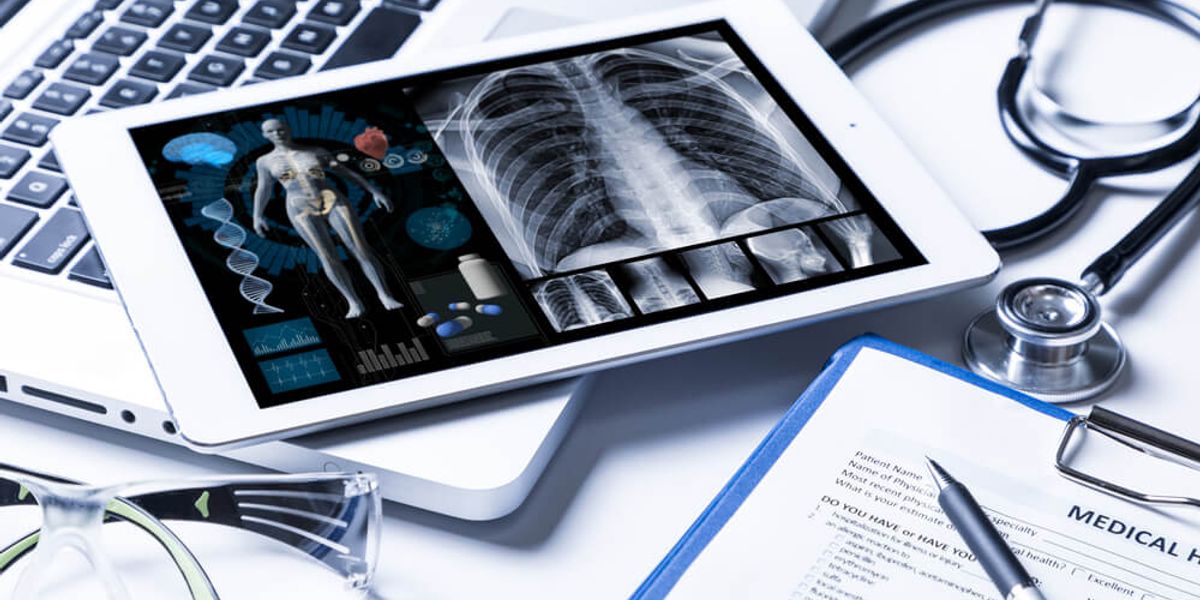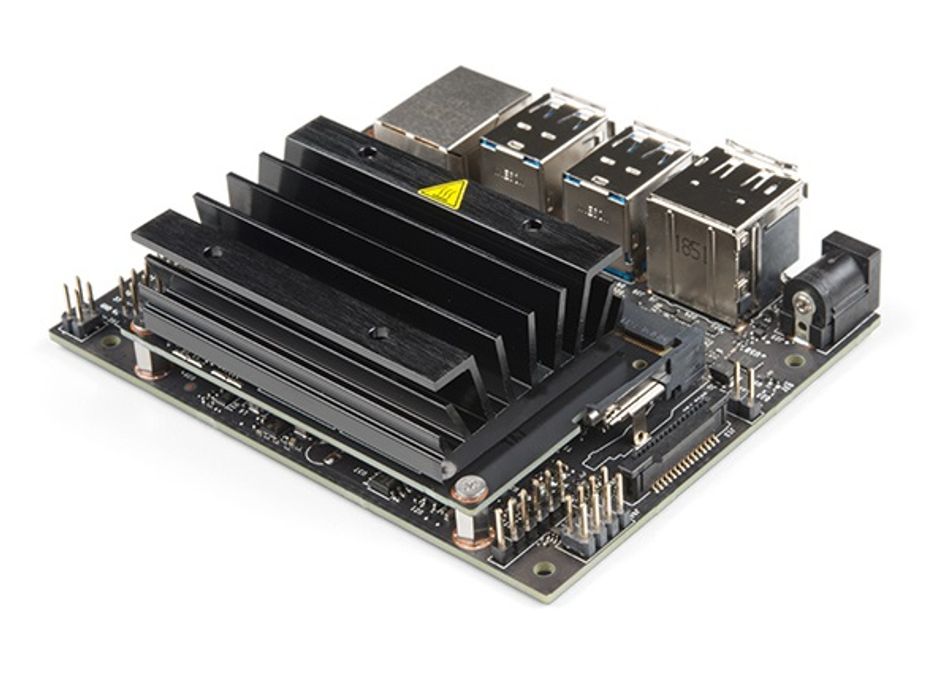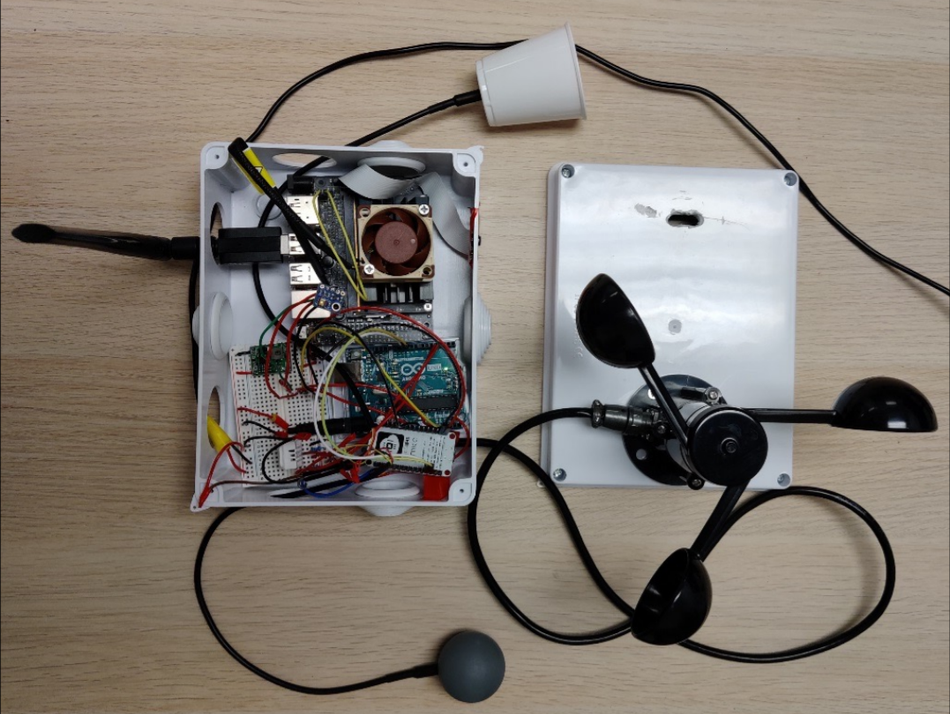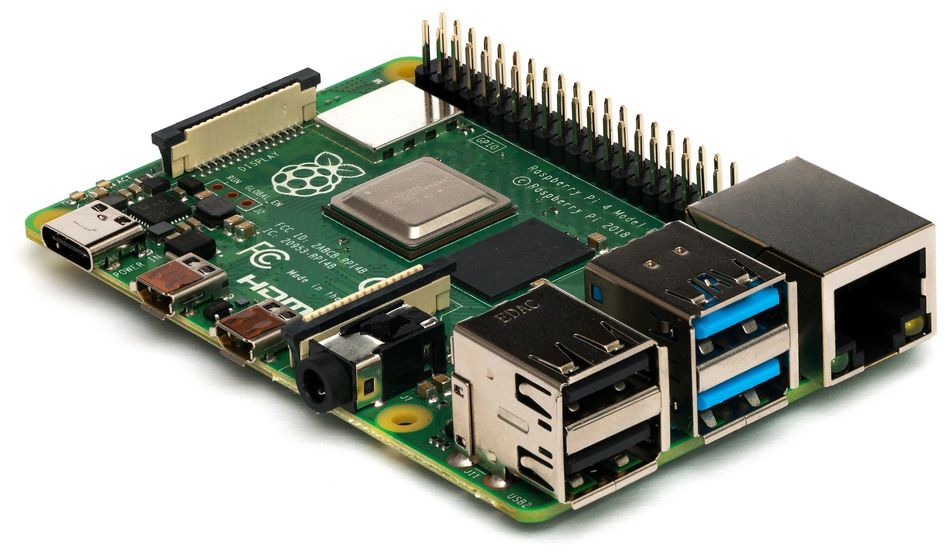Applications of TinyML in healthcare for a safer future

In this article, we take a look at two tinyML projects related to healthcare. The first project helps gather Mean Radiant Temperature data outdoors to protect people from extreme heat, and the other one is a solution for affordable, accurate, & rapid detection of pneumonia.
This is the 2nd article in a 3 part series featuring the applications of tinyML. The series introduces the concept of tinyML and explains some selected applications of the technology in various fields like sustainability, healthcare and education.
By adopting digital advancements, healthcare providers are updating their services to improve them and make them accessible to more people. 5G networks, Augmented Reality (AR) & Virtual Reality (VR), Wearables, Digital Twins, and many more technologies are enabling this digital transformation.
One such technology with great potential in ensuring healthy lives and well-being for all is tinyML. The concept is a crossover between Artificial Intelligence (AI) and embedded systems that involves developing solutions that bring Machine Learning (ML) capabilities to edge devices. Benefits include privacy, affordability, low-power utilisation, the ability to work in remote locations, and a lot more.
In our previous article about the applications of tinyML, we explained how it unlocks new possibilities for sustainable development technologies. This article continues the series by showcasing two more applications of tinyML for medical research and improved healthcare.
MaRTiny: a tinyML solution for extreme heat sensing for urban climate science
As a direct effect of global warming, summers are getting warmer. [1] This disruption of the natural balance poses a risk to all living entities on the planet. Higher temperatures are known to cause a degradation in the air quality and induce severe health-related issues like heat strokes. Looking at the data of weather-related fatalities in America, heat is the single most significant cause of weather-related deaths over the last 30 years, surpassing floods and storms. [2]
But it’s not just the ambient temperature that causes discomfort. It’s the Mean Radiant Temperature (MRT) which accounts for the influence of all the surfaces in the surrounding that ultimately determines the occupant’s comfort. Often, the effect of roads, buildings and other entities has an adverse effect on the MRT, creating a complex problem intersecting health and urban infrastructure.
To aid the collection of information related to the MRT, a tinyML solution called MaRTiny was developed by researchers from Arizona State University (ASU). It is a $200 low-cost mobile platform for bio-metrological sensing.

The list of sensors embedded on the device include:
- Ambient temperature sensor
- Globe temperature sensor for sensing the radiant heat
- Humidity sensor
- Ultra Violet (UV) sensor
- Anemometer for measuring wind speed and direction.
The platform uses an Arduino Uno to collect the data and a NodeMCU to provide it with the electronic infrastructure required for wireless data communication. At the core of the system is the Nvidia Jetson Nano development board that provides MaRTiny with the power to run tinyML algorithms.

Jetson Nano, with its Camera Serial Interface (CSI), can connect with a camera for shadow detection, object detection and people-in-shade detection. Jetson’s ARM Cortex A57 MPcore, 128 CUDA core Maxwell GPU coupled with 4 GB RAM is just enough to offer advanced ML capabilities on edge.
The task of MRT estimation was formulated as a supervised learning problem by the inventors that required a lot of true data for training. This true data was collected with the help of a previously developed, larger and more expensive MRT detecting system going by the name of MaRTy. [3]

It was observed that a Support Vector Machine (SVM) with a Radial Basis Function (RBF) kernel achieved the highest accuracy with the MaRTiny. The method being computationally light, offered an easy way of deployment on Jetson. To improve the estimations, both SVM and Artificial Neural Network (ANN) models were utilised and trained with data collected via sensors. [4]
For privacy, the images taken by MaRTiny are not stored in the cloud or even in the device’s memory. It automatically discards personally identifiable information (PII) before reporting anything back to the servers, which is central to the idea of tinyML and a must-have feature for public deployment.

The tinyML solution, MaRTiny, can provide crucial insights related to weather conditions and the utilisation of shades and space by the public. Multiple MaRTiny devices can be installed across the city to gather valuable data for architecture and town planning.
Pneumonia Detection using Embedded Machine Learning
Pneumonia is a respiratory infection caused by viruses, bacterias and fungi. According to the World Health Organisation (WHO) data, it is estimated that as much as 22% of all deaths in children aged from 1 to 5 is due to pneumonia. Bacteria induced pneumonia can be treated with antibiotics and other low-cost and low-tech medical facilities if detected at the right time. [5]
Chest X-ray, blood oxygen levels and Complete Blood Count (CBC) are used to detect pneumonia which is time-consuming. Doctors manually review the chest X-ray and decide if the person is infected, which is sometimes inaccurate and requires an automated solution with better accuracy. This is the idea behind the tinyML solution that we are about to discuss in this section.
Arijit Das, a 15-year-old tinyML enthusiast, has developed a tinyML model using the Edge Impulse platform to detect pneumonia from chest X-rays. The model can be deployed on single board development platforms like Raspberry Pi 4, Sony Supersense and a few other devices. With just the main board, a camera shield and the Edge Impulse tinyML model, the tiny setup can detect pneumonia in under a minute which is phenomenal considering the fact that it takes anywhere between 1 to 4 days for detection by manual inspection.

The tinyML model doesn’t require internet connectivity to work and offers an accuracy of over 80%, which is far better compared to manual inspection. This can prove to be quite helpful in largely affected regions like Sub-Saharan Africa and South Asia, where a huge number of examinations need to be conducted related to the same disease.
At the time of writing this article, the project is fully functional and has been clinically tested by over 10 doctors in a local survey conducted by the inventor. The project is available on GitHub for everyone to try, test and contribute. [6]
Conclusion
It’s the third year into the pandemic, and the emphasis on healthcare research is more than ever. Introducing technologies that can work with little power and no network connectivity at an affordable price in healthcare can save several lives. Leveraging interdisciplinary technologies like tinyML is the way forward to a safer and healthier future.
About tinyML Foundation
With its workshops, webinars, expert talks, research conferences, competitions, and a plethora of other events, tinyML Foundation enables students, researchers, and industry personnel to come together and share their experiences about the technology. It is the incredibly collaborative nature of the community that allows it to advance rapidly.
The introductory article familiarised the readers with the concept of tinyML.
The first article explained some possibilities of tinyML applications in sustainable technologies.
The second article is about tinyML applications aiding healthcare and medical research.
The third and final article shall cover the tinyML applications in pedagogy and education.
References
[1] Extreme Weather Toolkits, Climate Central, [Online], Available from: https://medialibrary.climatecentral.org/extreme-weather-toolkits/extreme-heat
[2] Weather Related Fatality and Injury Statistics, National Weather Service, [Online], Available from: https://www.weather.gov/hazstat/
[3] Ariane Middel, E. Scott Krayenhoff, ‘Micrometeorological determinants of pedestrian thermal exposure during record-breaking heat in Tempe, Arizona: Introducing the MaRTy observational platform’, Science of The Total Environment, Volume 687, 2019, Pages 137-151, ISSN 0048-9697, Available from: https://doi.org/10.1016/j.scitotenv.2019.06.085
[4] Karthik K. Kulkarni, 2021, ‘Machine Learning and Vision Using Edge Devices for Multimodal Chatbots and
Bio-meteorological Sensing’, MS Thesis, Arizona State University, United States of America, [Online], Available from: https://keep.lib.asu.edu/_flysystem/fedora/c7/Kulkarni_asu_0010N_21269.pdf
[5] Pneumonia Facts Sheet, World Health Organisation, [Online], Available from: https://www.who.int/news-room/fact-sheets/detail/pneumonia
[6] Arijit Das, Pneumonia-Detection-using-EdgeML, GitHub, [Online], Available from: https://github.com/Pneumonia-Detection-using-EdgeML




